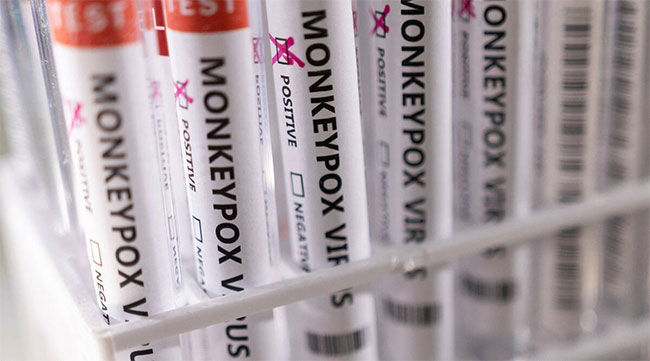(LANKAPUVATH | COLOMBO) – As concerns are rife after two monkeypox cases were identified earlier this week, the health authorities have urged the members of the public not to have any undue fears about the viral infection.
A mother-daughter duo, who had returned to Sri Lanka from Dubai, UAE, was tested positive for monkeypox at the Bandaranaike International Airport in Katunayake. They were subsequently transferred to the Infectious Diseases Hospital (IDH) for treatment.
This brought the total number of monkeypox cases found in Sri Lanka to four. The first two cases were identified in November 2022, three months after the World Health Organization (WHO) declared the infection a global emergency.
As human-to-human transmission of monkeypox is at a very low level, Dr. Samitha Ginige, Acting Chief Epidemiologist of the Health Ministry, urged the members of the public not to have unnecessary fears about the viral infection.
According to the UN health agency, human-to-human transmission of monkeypox happens through prolonged direct contact with a monkeypox-infected person, such as face-to-face, skin-to-skin and mouth-to-mouth contact or through droplets from coughing or sneezing.
Monkeypox is a rare viral infection caused by a virus belonging to the family Poxviridae.
These viruses are transmitted directly or indirectly from animals to humans. As they are highly resistant in dry environments or at high temperatures, they persist on infected surfaces for a longer period of time.
However, despite the resistance of the virus, monkeypox is not a highly contagious disease, since prolonged direct contact is needed for the virus to spread from human to human.
Rashes can be found on the face, palms of the hand, soles of the feet, eyes, mouth, throat, groin, and genital or anal regions of the body.
The symptoms typically last two to three weeks and usually go away on their own or with supportive care such as medication for pain and fever.




